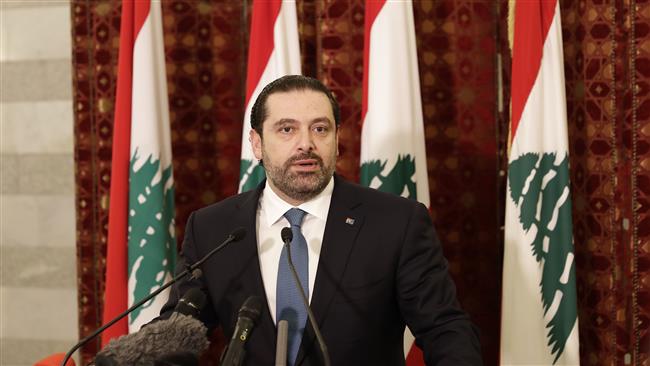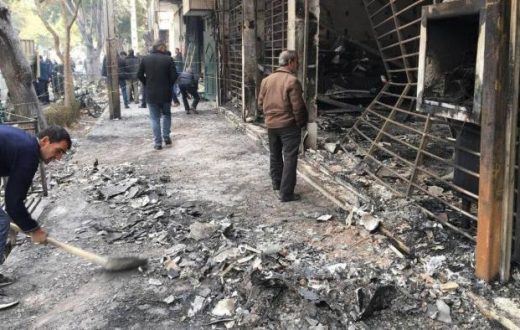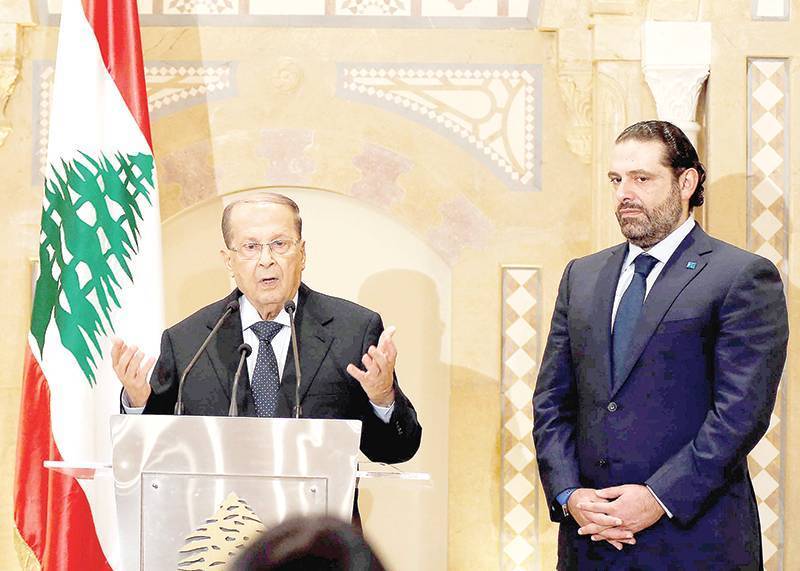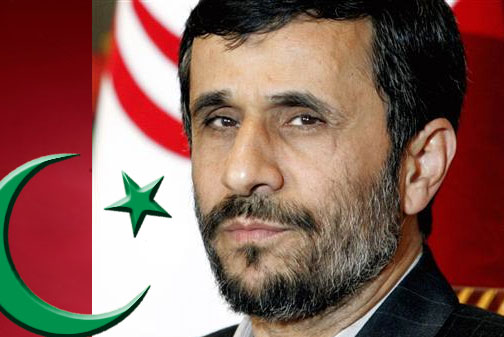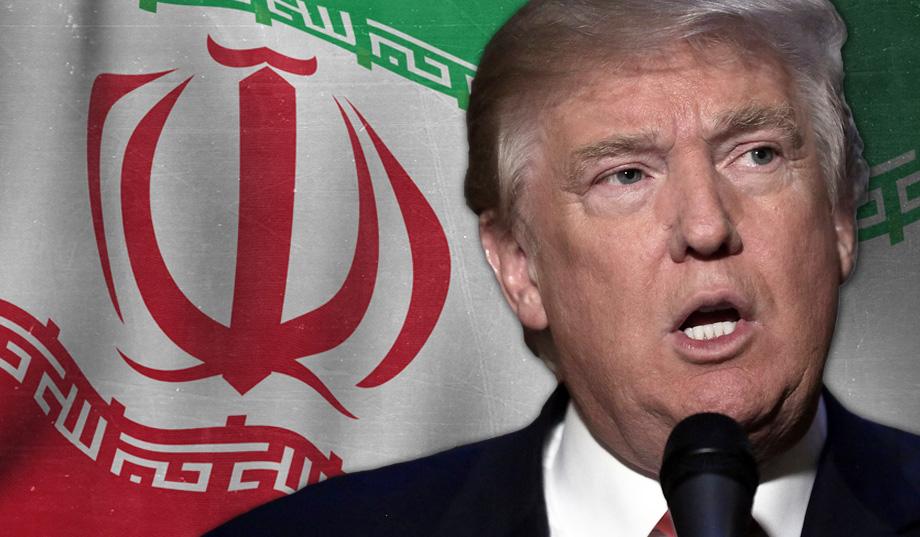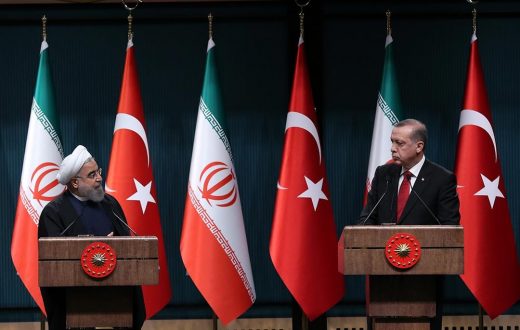
Hariri : Who is he?
Hariri has been in office since December 2016, elected as part of a deal in which the two rival political blocs in Lebanon – the Saudi and Western-backed March 14 revolutionary forces and the Hezbollah-led March 8 resistance camp – agreed, after a long deadlock, to the appointment of Maronite Michel Aoun as President and Saad al-Hariri, the head of the Future Movement and leader of the Sunni community in Lebanon, as Prime Minister. Until his resignation, Hariri’s conduct indicated that he was sincere in his attempt to find a common denominator to unite the camps, despite constraints exerted by Hezbollah and Iran, mainly because of developments in Syria: the defeat of the Islamic State, the strengthening of the grip of the Syrian and Iranian regimes, and growing US pressure on Hezbollah.
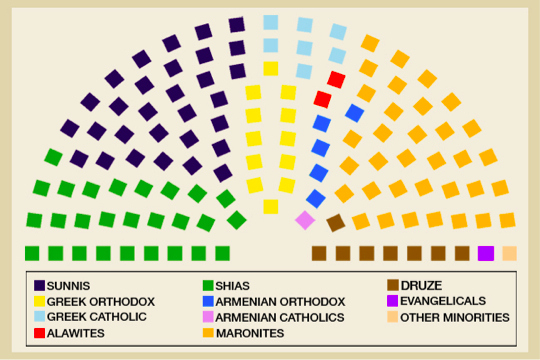
Saudi Arabia Vs Iran
From the range of reactions to date, it seems that the resignation caught all power brokers operating in Lebanon by surprise, except for Saudi Arabia. Perhaps, then, the timing was indeed coordinated ahead of time with Hariri’s Saudi patrons, after he met with Crown Prince Muhammad bin Salman and other Saudi senior officials before making his announcement. Support for the theory that his resignation was at least coordinated with senior members of the House of Saud, if not outright forced on him, may lie in a statement by Saudi Minister of State for Gulf Affairs Thamer al-Sabhan, a harsh critic of Iran and Hezbollah, who also met with Hariri. Several days before Hariri’s resignation, al-Sabhan called for the toppling of Hezbollah, saying that anyone cooperating with the organization must be punished.
Saudi Arabia and Lebanon
In late 2016, relations between Lebanon and Saudi Arabia improved somewhat after the kingdom gave its blessing to the political deal that was reached. Perhaps the Saudis had hoped to be able to influence President Aoun to abandon his current political allies. There were reports about a visit to Lebanon planned for King Salman, and a new Saudi ambassador to Lebanon was appointed, after a year in which the kingdom had no emissary there. Moreover, the thaw in state relations prompted a sharp increase in Saudi tourism to Lebanon: the number of Saudi tourists to Lebanon has doubled since the beginning of 2017 over the previous year.
Saudi Arabia sees Hezbollah as an Iranian proxy in every respect. It believes the organization is not a Lebanese resistance organization, rather a force to increase Iranian influence in the region and undermine the stability of Arab states. In March 2016, the Gulf Cooperation Council – the body uniting six Arab Gulf states – decided to put Hezbollah on its list of terrorist organizations, and Saudi Arabia withdrew $4 billion of financing to the Lebanese army and security services, apparently concerned that the weapons would be funneled to Hezbollah, although some of the French-made arms managed to make their way to Lebanon. Consequently, even if the official explanation for Hariri’s resignation is vague, it seems that it is the result of a Saudi assessment that the political move it endorsed in Lebanon in 2016 is not helping restrain Hezbollah’s power. On the contrary: in practice, Hariri as prime minister was apparently overpowered by the organization’s agenda and proved incapable of reducing Hezbollah’s and Iran’s influence on the state. Indeed, the Iranian-Hezbollah influence grew over the past year. Perhaps the Saudi leadership assumes that the resignation will erode the legitimacy Hezbollah received from sitting in the Lebanese government.
The extent to which Hariri’s resignation is part of a considered strategy formulated by the Saudi leadership to counteract Iran, or if the strategy includes further steps to reduce Hezbollah and Iranian influence in Lebanon, is unclear. Nonetheless, the move was presumably made as part of a power struggle that is heating up between Riyadh and Tehran, especially in light of Iran’s successes in Syria and Iraq, which have demonstrated that Tehran now has the upper hand in several Middle East arenas, and Saudi Arabia’s wish to stop this trend. The move might also be aligned with US strategy, as expressed by President Trump, aimed at increasing pressure on Iran and Hezbollah. Congress has passed legislation to harshen sanctions against Hezbollah., and Jared Kushner, the president’s son-in-law and advisor, visited Saudi Arabia recently and reportedly conferred with the crown prince during this visit.
Hariri’s resignation escalates the existing political tensions in Lebanon. The harsh criticism leveled by Iran and Hezbollah against Hariri’s resignation and the spotlight on Saudi Arabia as the entity directly responsible for undermining the Lebanese order indicate that in their view, the political arrangement established in 2016 served their goals and that the political chaos liable to be created now in Lebanon has the potential to create an undesirable situation.
Even if the resignation sparks a long period of political instability in Lebanon, Hezbollah and Iran will be eager to avoid being dragged into confrontations and will hope it is possible to stabilize the system. At the same time, the pressures that may be exerted on the organization will likely not make it withdraw from the goals that have steered it to date, specifically the strengthening and upgrading of its military force. It is doubtful that the Saudi gamble – that Hezbollah will be blamed for the resignation and that this will weaken its status in the Lebanese arena – will in fact be realized. On the contrary: it may be that Hezbollah, with the help of President Aoun, will exploit the situation to strengthen its own status. The direct outcome of the resignation might even be erosion of the limited Saudi influence over the Lebanese government, in practice leaving a vacuum for Iran to fill. In any case, for now, it does not seem that the move will cause any change in Hezbollah’s current cautious approach to Israel; the impression is that the organization is still interested in preventing a deterioration of the situation vis-à-vis Israel.
INSS Insight No. 989, November 6, 2017
The original article was published here.

